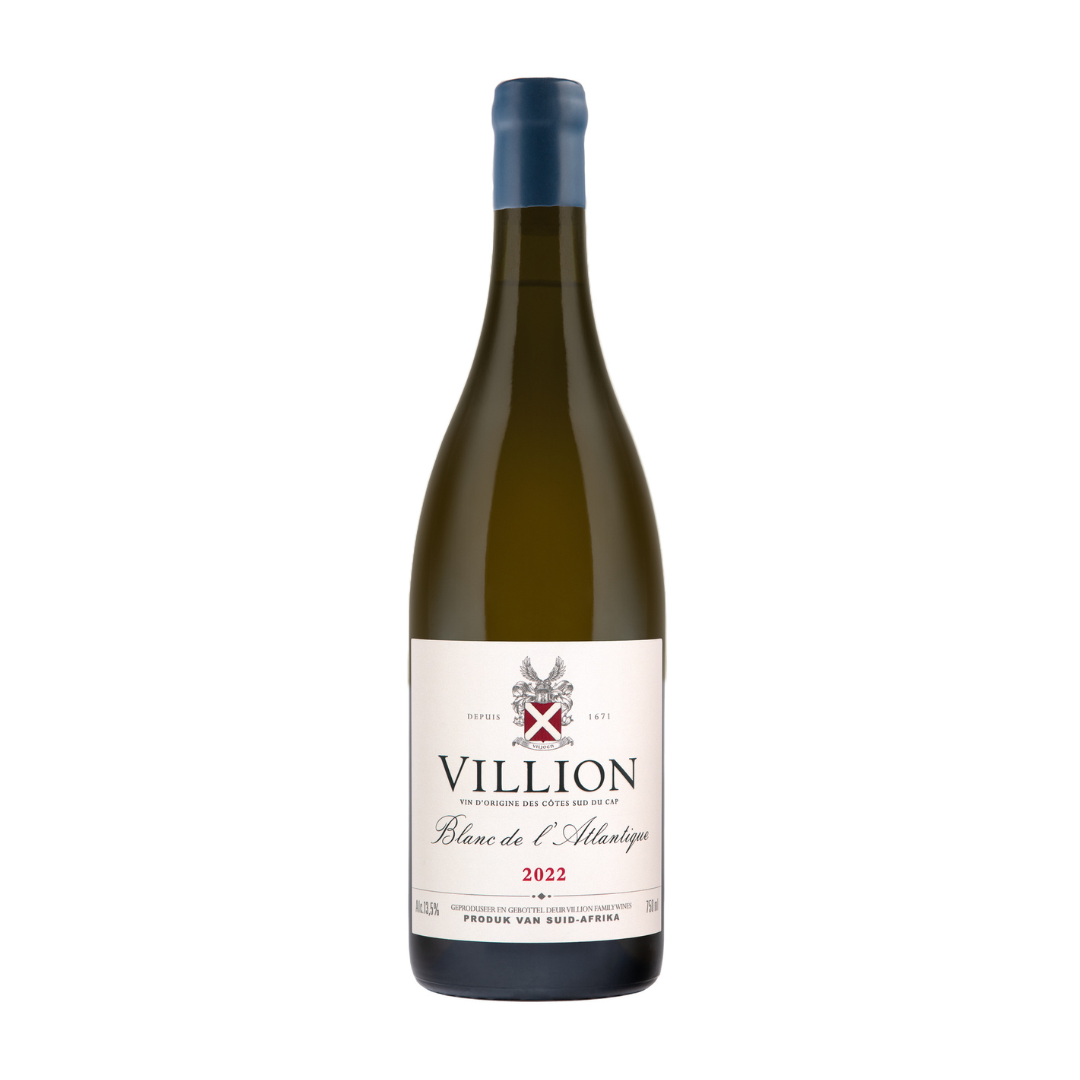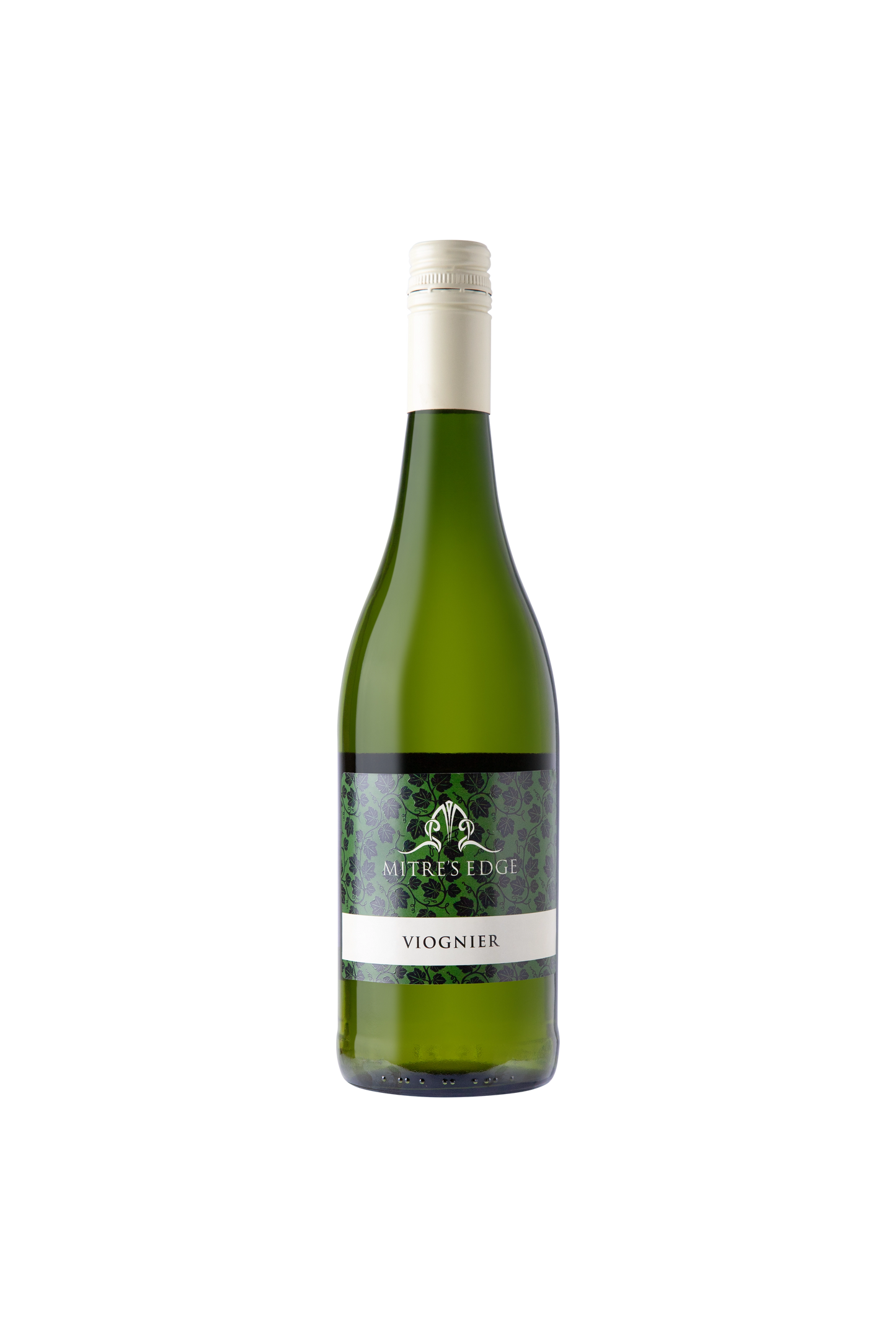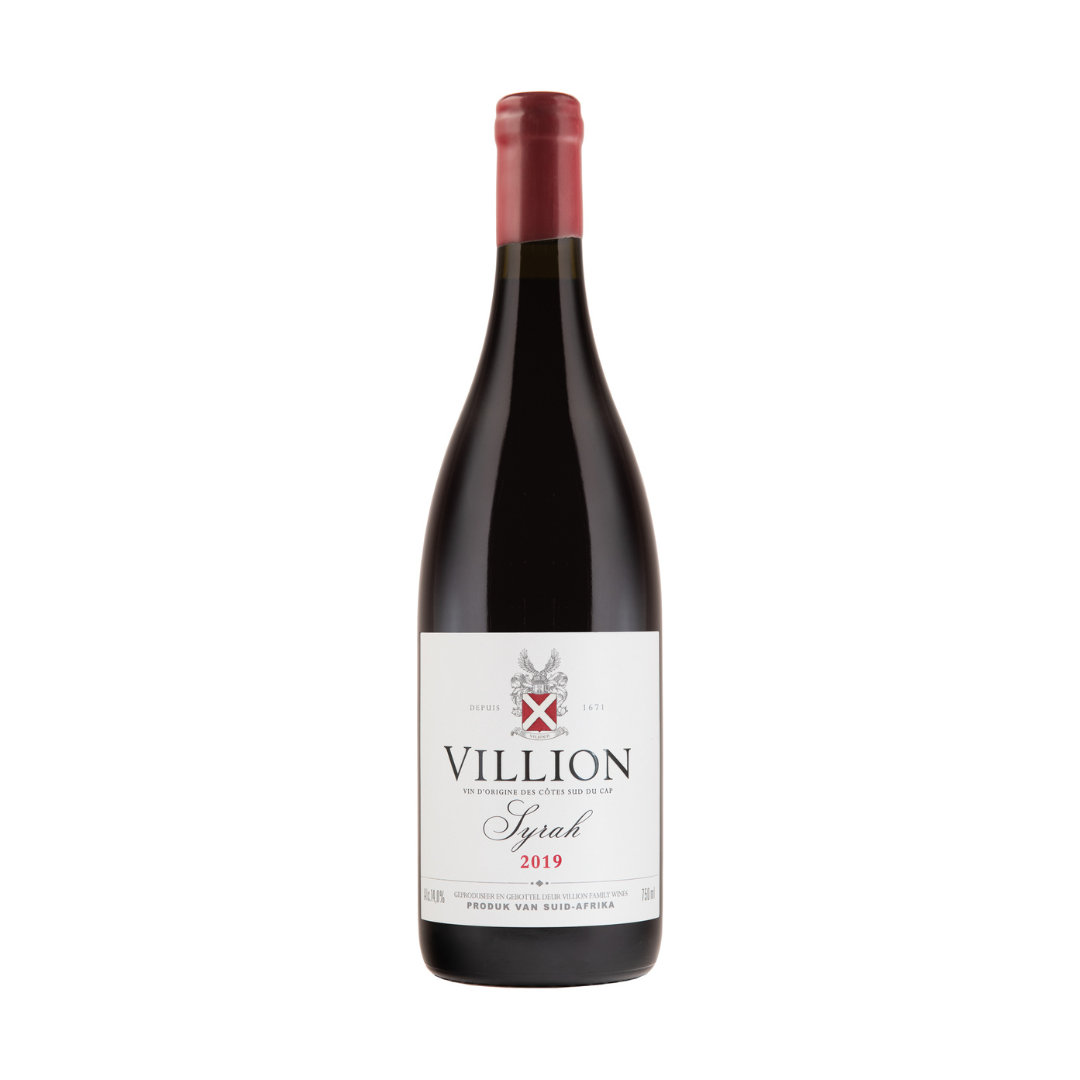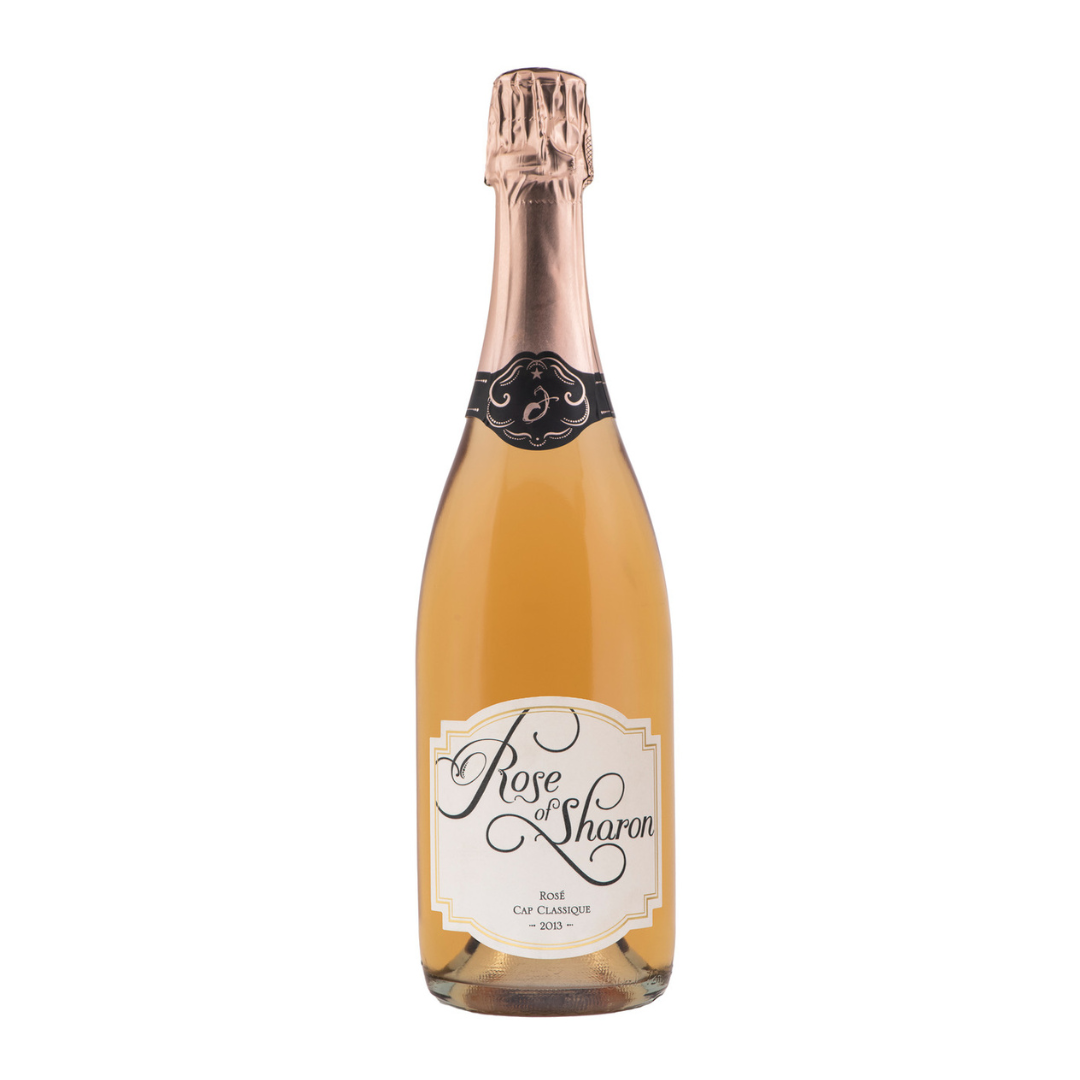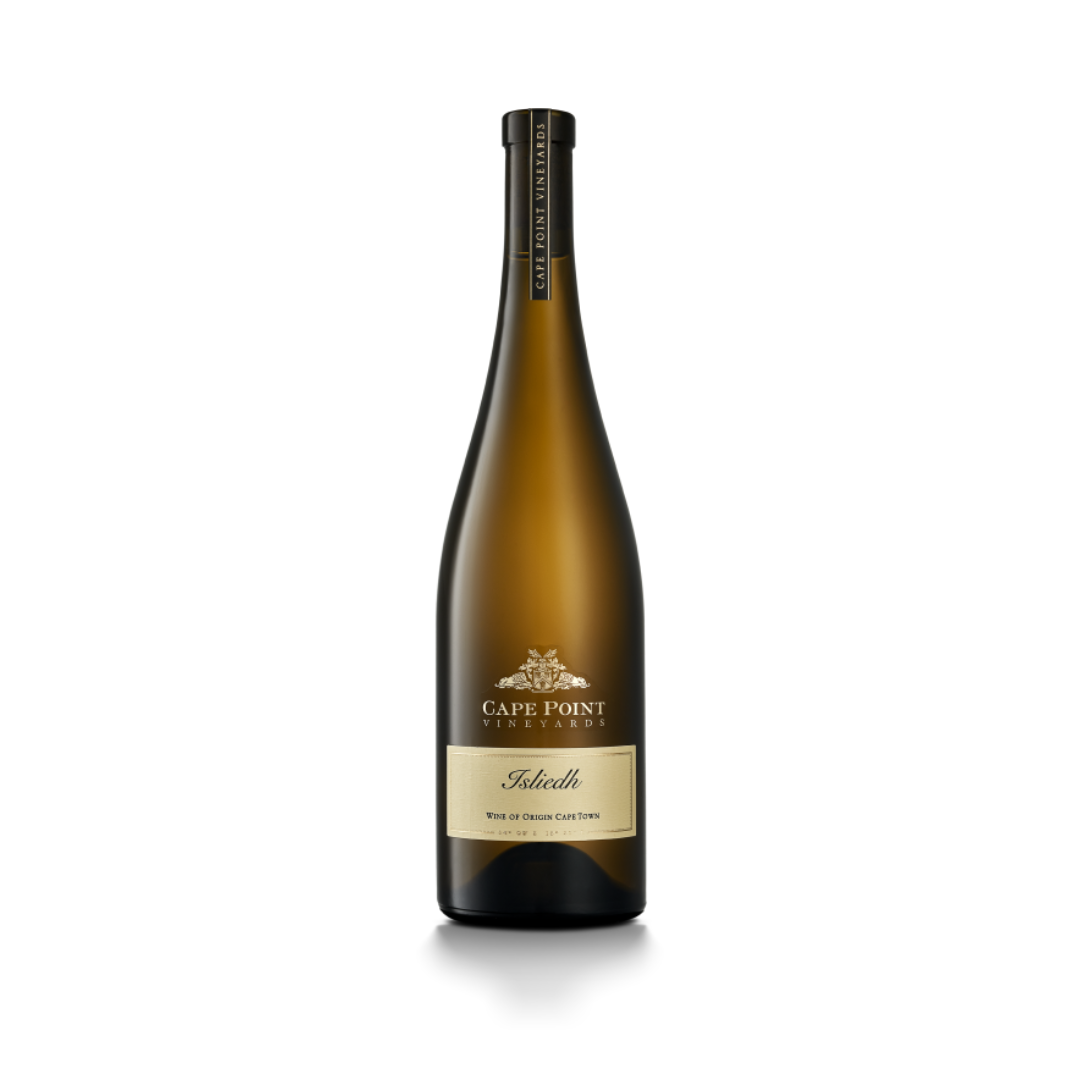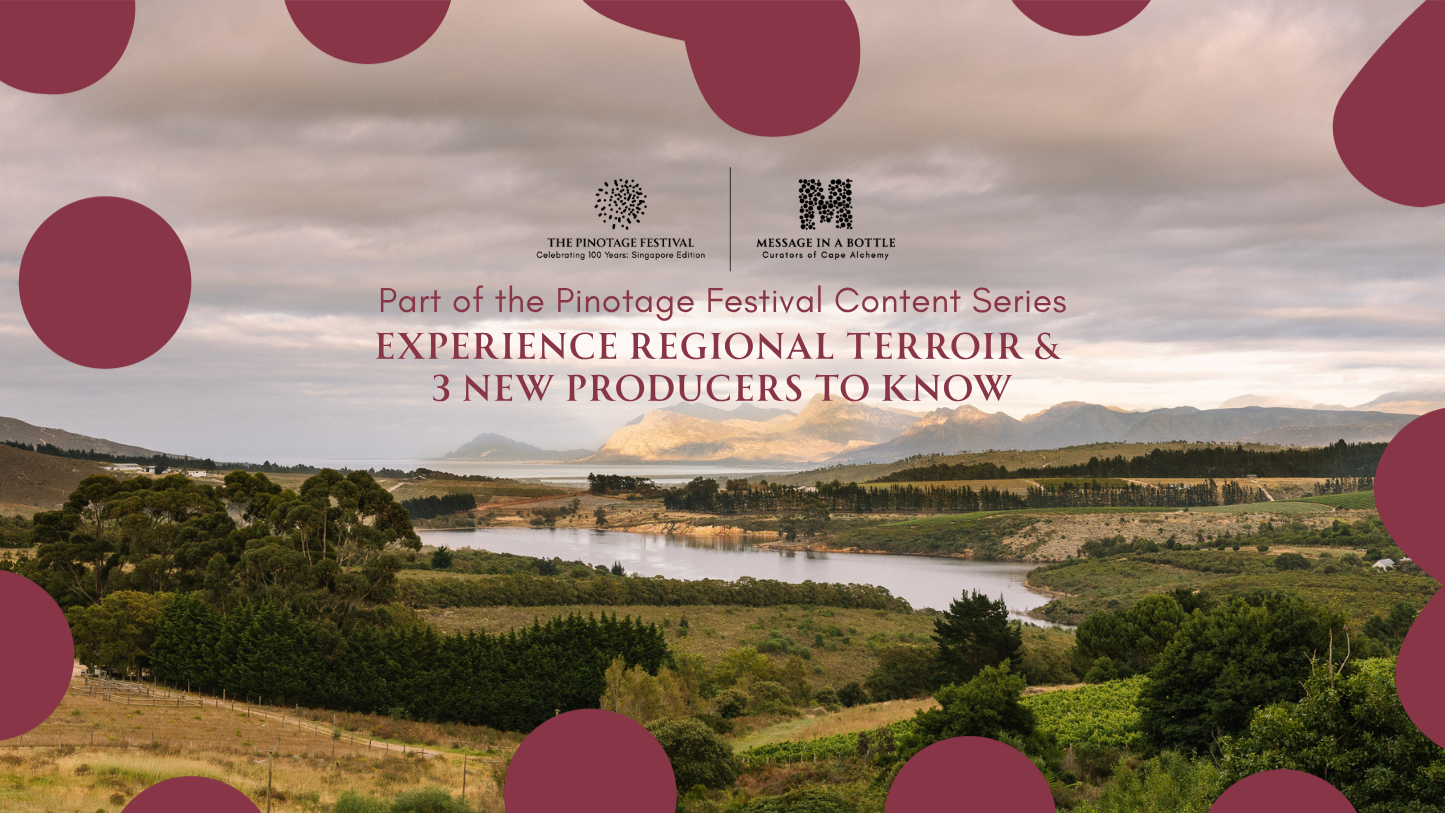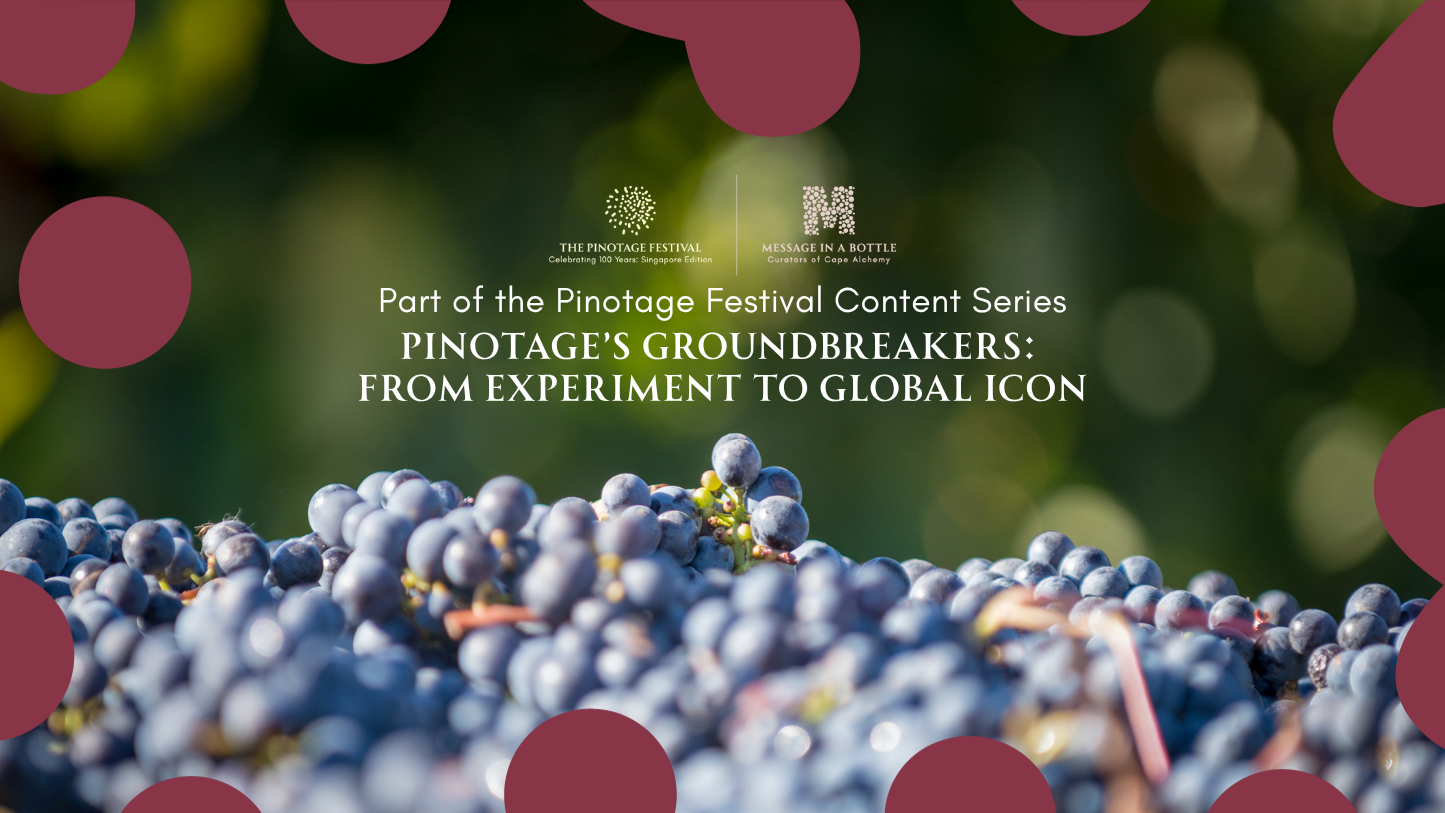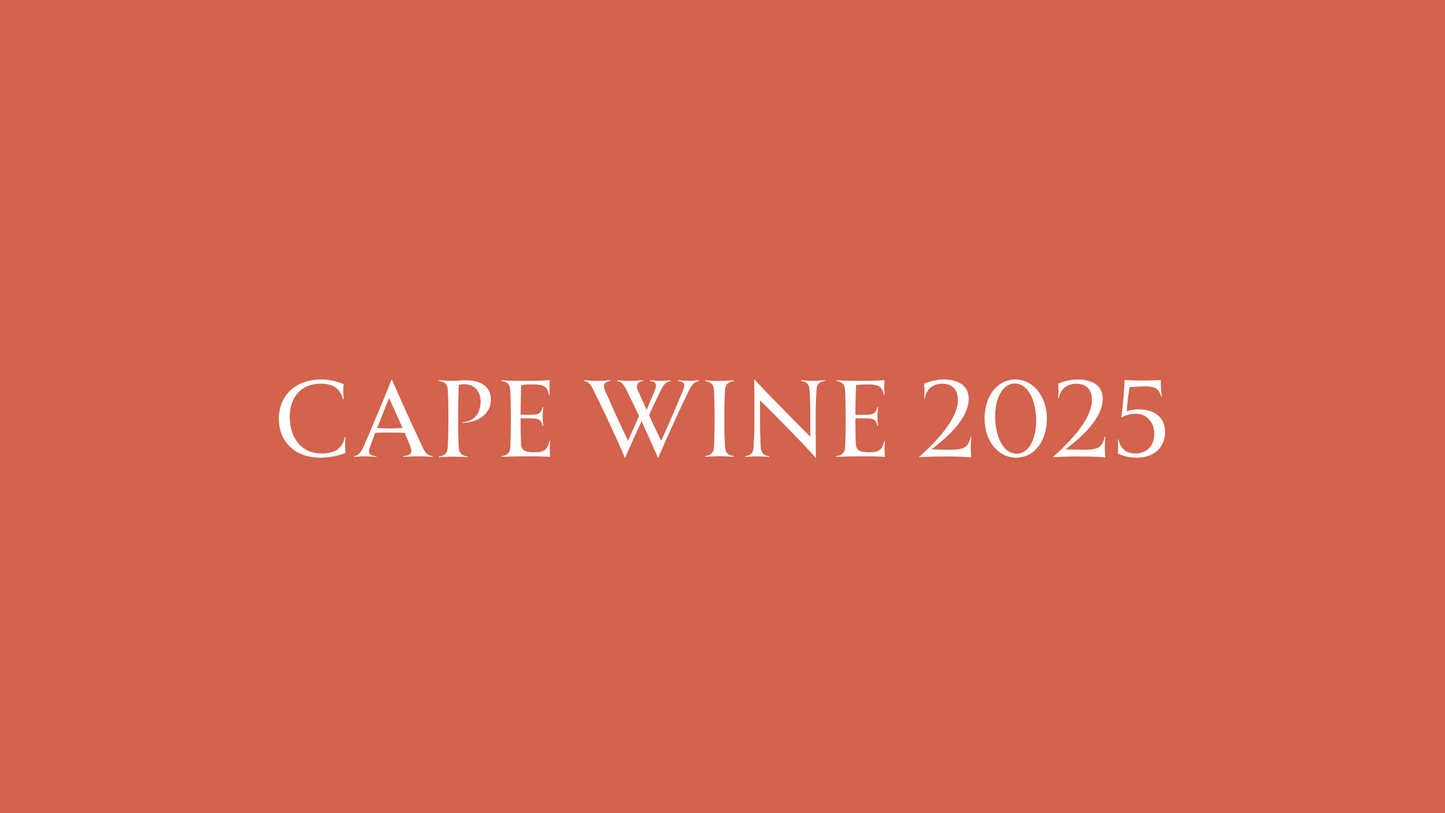See all wines
Learn more with our Blog
Experience Regional Terroir at Pinotage Festival: 3 New Producers to Know
The Pinotage Festival returns this month, showcasing South Africa’s unrivalled terroir diversity through themed tasting zones. In “Regional Expressions”, festival-goers...
Pinotage’s Groundbreakers: From Experiment to Global Icon
Ahead of Singapore’s first Pinotage Festival, we trace how ground-breaking wineries, visionary winemakers, and transformative moments defined a century of...
Cape Wine 2025: The Pulse of the Industry
South Africa’s wine industry shined at a buzzing expo, showcasing its unmatched old vine age certification, legendary producers and passionate...

